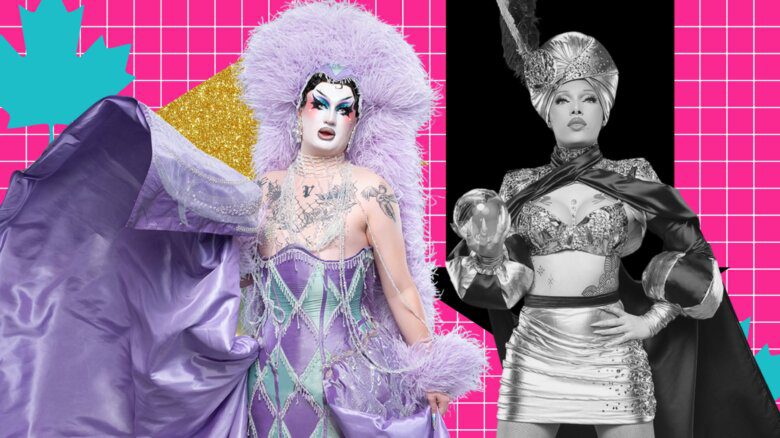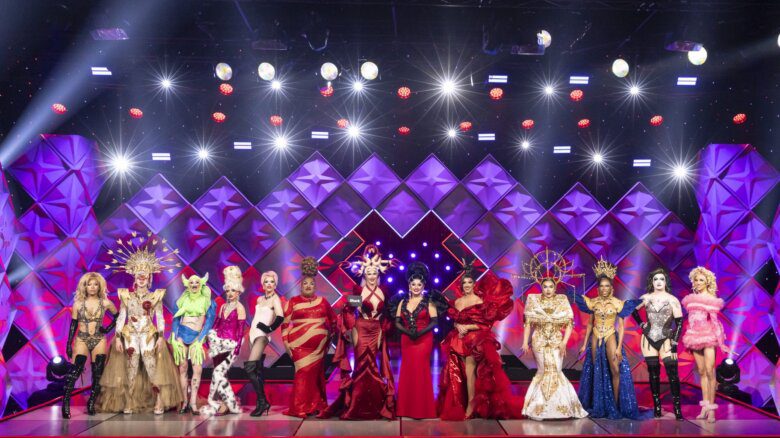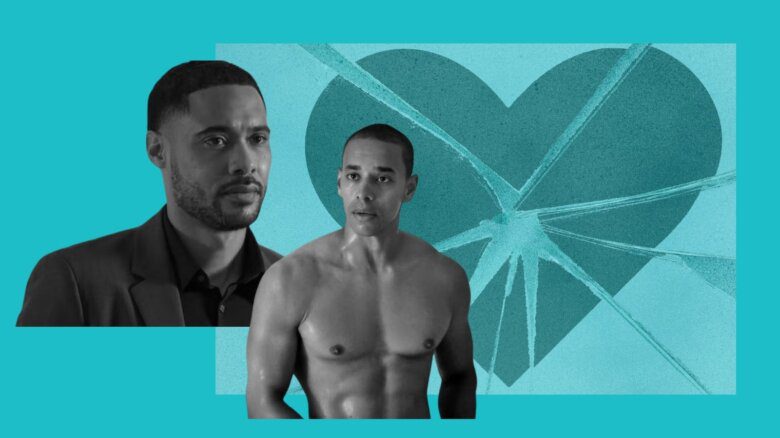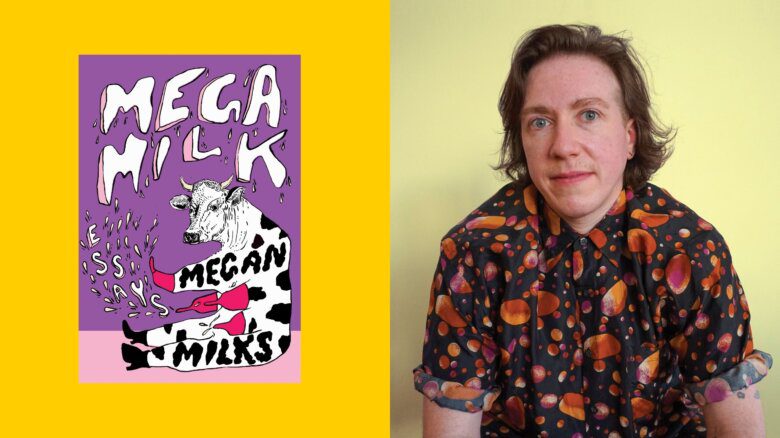I revert to type when I’m a tourist: I eat, drink and shop.
On a recent trip to Québec City, I spurned the usual museums, art galleries and concert halls, my bookworm instincts went dormant and I had a wonderful time. But I did read plaques, such a feature of the Old City.
There were square, oval, round and trapezoid plaques. Low relief, high relief and some in between plaques. Some had elaborate script while others featured images. They were put up by government, corporations, institutions, foundations, groups or individuals, and they commemorated practically anything and anyone.
This urge to inform even extended to street signs, which often bore a little explanatory phrase. Thus, I learned that rue Couillard was named after Guillaume Couillard de l’Espinay, the first man to use a plough in New France.
Although Vancouver street signs give nothing away — hands up readers who can tell me more about Balaclava Ave, which has always sounded like a Greek desert to me — the city does have plaques, and superior ones at that, like those of the Portrait V2K and Kitsilano 100 Memories projects, both of which feature images and personal recollections donated by residents.
All this civic landscape lacks, then, is a set of queer history markers.
This is not the first time that this idea has been raised in the pages of Xtra West and it probably won’t be the last. The arguments for having visual markers of our collective history are many and, I feel, persuasive.
As community activist Don Hann argued in a 2006 interview with Xtra West: “Public sites that identify where we came together would help us strengthen our sense of the past and of our community belongingness and connectedness.”
“It would be a shame to lose sight of these spaces, to allow them to slowly vanish from our collective memory — and with them our connection to our past and the struggles and joys and sheer persistence it took to get us where we are today,” concluded managing editor Robin Perelle.
I would add three more arguments. The first is that knowledge of our local history enriches the individual coming out process by situating it in a collective experience, however easier the former has become over time.
The second is that though we may be born queer, most of us are raised heterosexual, and that puts the onus to preserve and transmit our history in a visible and public manner on the community itself — a challenge it has yet to take up.
The third and last argument is that visual markers of our history serve as a reminder to the broader community of our existence and contributions, and thus reinforces our social, cultural and political legitimacy, which will always be contested in some quarters.
In short, if you want to be remembered, then you’ve got to leave something behind.
Think pyramids. Well, that is a bit grandiloquent, so think plaques instead.
All right then, where would we put them? Perelle’s historical walking tour of gay Vancouver (www.xtra.ca/public/viewstory.aspx?AFF_TYPE=4&STORY_ID=3419&PUB_TEMPLATE_ID=9) features downtown and West End addresses where, among other things, various gay bars and bathhouses used to stand: Buddies, the Castle, the Hampton Court Club, Faces and the Garden Baths, just to name a few.
These are all potential sites for a wall plaque. Her feature goes on to mention locations in Kits, the Downtown Eastside and elsewhere in Vancouver; they too deserve plaques.
Using the city’s V2K plaques as a model, our own plaques could commemorate events and incidents of a more personal nature in addition to historically significant sites. My own suggestion would be a marker on the shores of Lost Lagoon with the following wording: “On this spot Messy May, in want of a Turkey for Thanksgiving, hunted a Canada goose. She caught one, plucked it and cooked it, but her apartment was raided by police, who followed a tell-tale trail of feathers, before she could eat it.”
Finally, and this may come as a surprise to many readers, plaques are easy. Truly.
Broadly speaking, they can be erected on private property without city oversight, although it’s a different matter when dealing with public property.
Plaques are cheap too: excluding design costs, a plaque with a photographic image can be produced for around $90, while the standard metal plaque costs even less.
So all you need to contribute to keeping our history alive and available to future generations are four screws and a wall you can call your own.
 Why you can trust Xtra
Why you can trust Xtra


